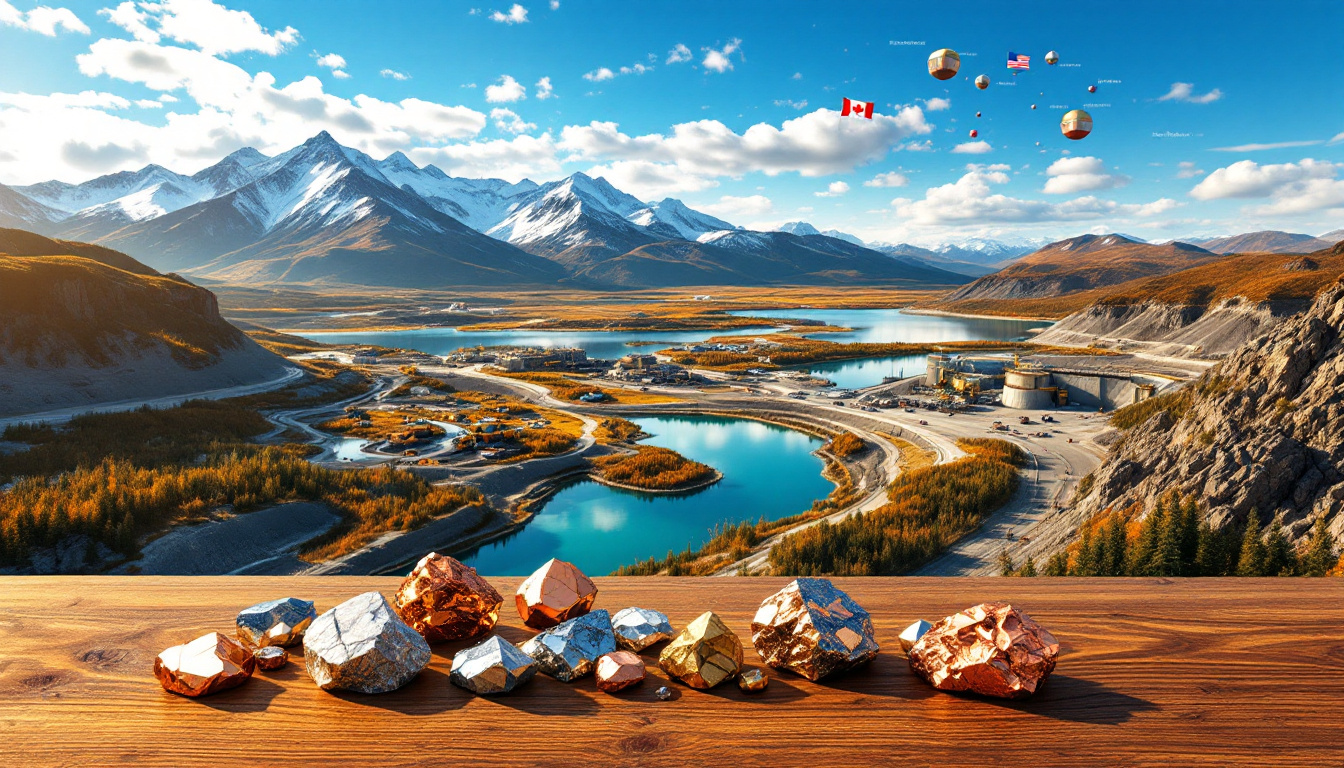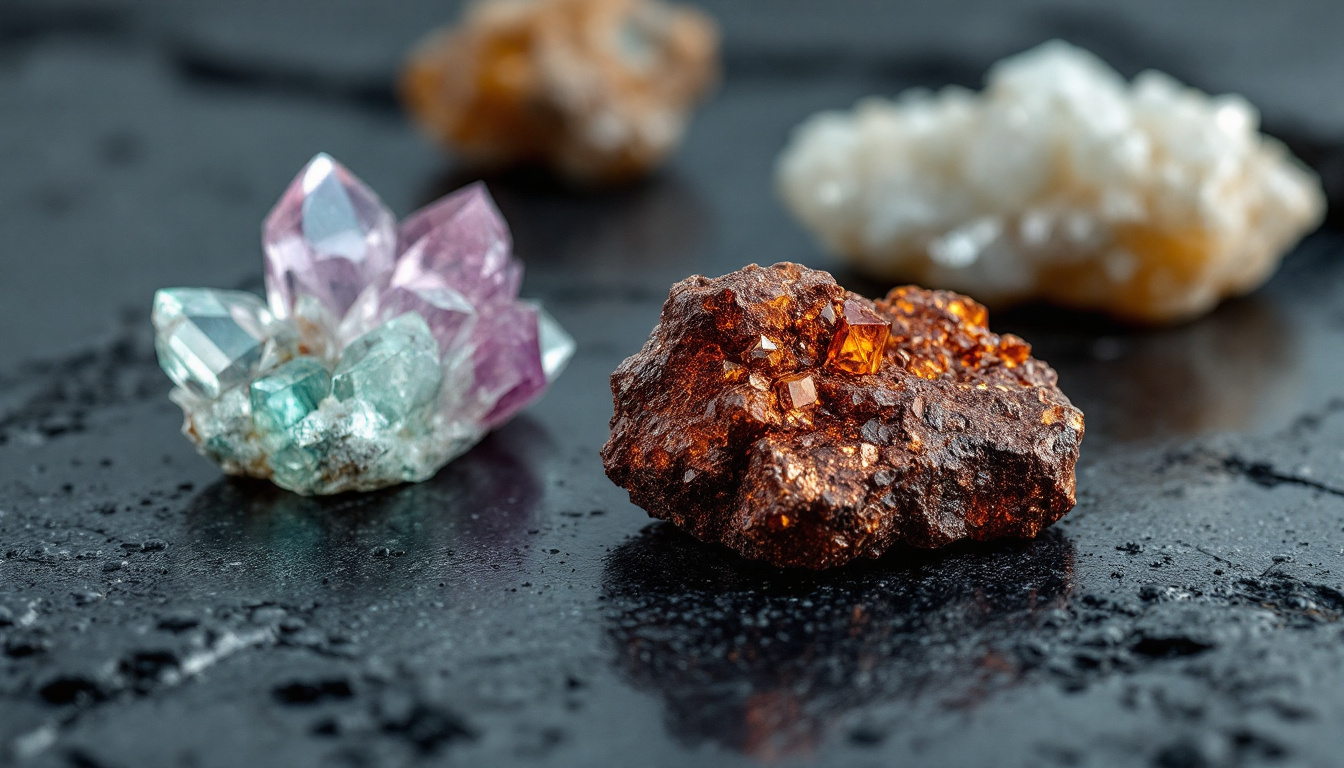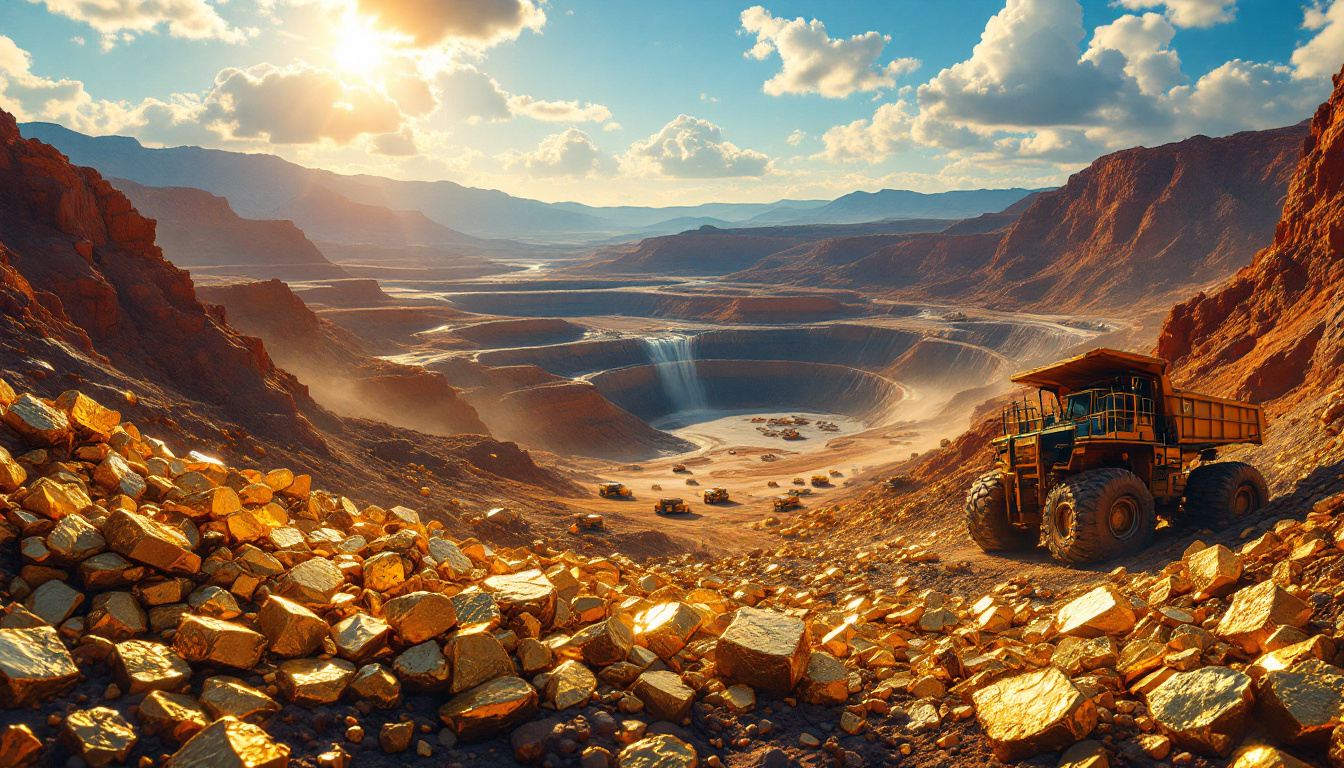New Zealand has embarked on an ambitious plan to grow its mining exports to at least $3 billion, signalling a determined improvement in the New Zealand mining sector reinvigoration 2025. The initiative is designed to leverage natural resources for economic growth while positioning the country as a competitive destination for international investors.
Minister Shane Jones is spearheading the drive to present New Zealand as "open for business" for the mining industry. His strategy focuses on unlocking potential in key minerals like gold, coking coal, rare earth minerals, and iron sands. These untapped resources are critical to the country’s future.
"We're taking decisive action to ensure our mineral wealth contributes meaningfully to our economy," states Minister Jones. He highlighted that the era of leaving valuable resources in the ground while importing similar materials is ending fast.
What Is the History of Mining in New Zealand?
New Zealand’s mining heritage began thousands of years ago when original Polynesian inhabitants utilised local resources, including pounamu (greenstone), to craft tools and adornments. British colonisation from 1840 further transformed the mining landscape, marking the onset of industrial activities.
Significant gold rushes in the mid-19th century attracted thousands of prospectors and led to the establishment of early colonial settlements. Historical mining also included modest deposits of manganese and copper, alongside the vital coal mining industry that powered New Zealand’s early growth.
Today, with a population of around 5 million, the relationship with mining has evolved—from resource-driven development to a modern focus on environmental conservation and economic balance.
How Is New Zealand Streamlining Mining Approvals?
The core of New Zealand’s revitalisation strategy is the "Fast Track" legislation, which accelerates permitting processes dramatically. This new framework is described as "the most permissive regime in the English-speaking world." Its main aim is to drive economic development while still upholding vital environmental safeguards.
The legislation reduces bureaucratic delays by introducing a one-stop shop for permitting. Companies now navigate regulatory requirements through a single governmental channel rather than multiple agencies with overlapping jurisdictions.
This reform is attracting international investment as it provides clarity and speed. The improved system aligns with principles found in understanding the jorc code for informed mining investments, which underpins global best practices in resource evaluation.
What Minerals Does New Zealand Consider Critical?
New Zealand has recently updated its list of critical minerals to include gold and metallurgical coal. These two contribute approximately 80% of the country’s mineral exports and are integral to the nation’s economic strategy.
Other minerals, such as antimony found near gold deposits, are used in flame retardants, batteries, and military equipment. Significant iron sands deposits—often described as being on a "sahara scale in size"—contain valuable vanadium and titanium, offering immense industrial potential.
Additional resources like garnet have applications in water filtration and abrasives manufacturing. This balanced approach not only supports economic resilience but also underpins the broader supply chain in manufacturing and technology sectors.
What Are New Zealand’s Plans for Offshore Mining?
Substantial iron sands exist approximately 20km off New Zealand’s coast. These offshore deposits are particularly rich in vanadium and titanium, crucial for producing specialised steel and for various industrial applications.
Previously held by major companies like Rio Tinto, these resources remained undeveloped due to regulatory challenges. Under fast-track legislation, such projects could now be permitted while maintaining strict environmental checks.
"Developing our offshore mineral resources would represent a whole new level for New Zealand's mining industry," notes Minister Jones. A similar approach is already proving effective in other parts of the world, as seen in the large scale mining track updates.
The government anticipates that offshore mining will complement land-based operations by accessing larger, higher-grade deposits and potentially fostering a new maritime industrial sector.
How Is New Zealand Addressing "Debanking" in the Resource Sector?
To support resource companies, New Zealand is formulating legislation to ensure banks make decisions based on commercial criteria and creditworthiness. Minister Jones decries excessive climate-based restrictions as a form of "economic nihilism" that stifles regional development.
The new approach instructs banks—many of which are Australian-owned—not to impose what Jones refers to as "luxury beliefs" on mining operations. He believes financial institutions should prioritise sound commercial judgment over implementing unelected climate policies.
This financial reform is poised for introduction before the next election and is seen as a locally derived response to global trends impacting resource sectors. The focus is on safeguarding responsible development within the resource economy.
How Does New Zealand Balance Environmental Protection With Mining Development?
New Zealand is charting a course that overturns decades of prioritising environmental concerns over economic development, as described by Minister Jones. Despite some public debate, the majority supports a balanced approach that fosters economic resilience without compromising environmental standards.
The fast-track legislation incorporates native tribal rights, ensuring indigenous communities have a say in development decisions. It also reduces procedural delays while maintaining necessary guardrails.
"We're maintaining essential protections while accelerating development," states Jones. This framework supports a dual aim of promoting economic growth and preserving the environment, showcasing a modern approach seen in digital transformation in mining.
What Role Does Mining Play in New Zealand's Energy Security?
Despite its reputation for renewables, New Zealand imports Indonesian coal during high-demand periods or when hydro capacity falls short. This reliance reflects the complexity of ensuring energy reliability, even in a nation focused on clean energy.
Whilst most electricity is generated from "clean green" sources like geothermal and hydroelectric power, seasonal fluctuations require contingency measures. Natural gas has served as a vital "firming" fuel, though domestic supplies remain limited.
This reality underscores part of the New Zealand mining sector reinvigoration 2025 plan, which also supports initiatives like a beginner’s guide to investing in mining stocks. Moreover, the mining industry contributes to enhancing energy security and supporting broader economic aims.
Clean energy projects are bolstered by insights such as australia’s clean energy revolution through mining decarbonisation. These partnerships pave the way for a future where domestic production meets energy demands while reducing import reliance.
How Is New Zealand Enhancing Mining Data and Exploration?
High-quality geological data is the foundation of any robust mining strategy. The government is investing in comprehensive data collection to provide overseas experts and investors with a transparent picture of resource potentials.
By modernising geological mapping and standardising reporting formats, New Zealand aims to reduce investment risk and accelerate exploration activities. This digital push is similar in spirit to the benefits outlined in mining’s crucial role in the clean energy transition.
Improved data not only supports better investment decisions but also underpins continuous progress in the New Zealand mining sector reinvigoration 2025 plan. Investors now have access to real-time information that can guide their exploration initiatives, rendering the process more effective and forward-thinking.
What Are the Economic Benefits of Mining for New Zealand?
Mining drives regional development and job creation, particularly in areas producing metallurgical coal and gold. These sectors offer high-wage employment opportunities in regions where economic options have historically been limited.
Incorporating mining diversifies New Zealand’s economy beyond traditional industries like dairy and tourism, which can be vulnerable to global fluctuations. Minister Jones describes the national economy as "a quiver of arrows," with mining playing a crucial role in ensuring resilience.
The sector’s contributions extend to enhancing domestic manufacturing and technology development. By reducing dependency on imports, the nation builds a more robust trade balance and secure access to critical resources.
Key benefits can be succinctly summarised as:
- Greater economic diversification.
- Increased regional employment.
- Enhanced investment in domestic infrastructure.
- Improved self-sufficiency during global supply chain disruptions.
FAQ: New Zealand Mining Investment Opportunities
What makes New Zealand attractive for mining investment?
New Zealand offers political stability, a robust rule of law, and vast undeveloped mineral resources. The new fast-track legislation provides clarity and short approval timelines while the country's proximity to Asian markets offers export advantages.
How does the fast-track legislation work in practice?
A ministerial committee evaluates projects based on economic benefits, allowing qualifying applications to bypass lengthy resource consent processes while still enforcing essential environmental safeguards.
What is the timeline for implementing the new mining strategy?
The fast-track legislation is already in effect and initial projects are underway. The comprehensive mineral strategy is set for full implementation by mid-2025, coinciding with additional financial and regulatory reforms.
Which areas of New Zealand have the highest mineral potential?
The West Coast holds significant coal, gold, and garnet resources. The Coromandel Peninsula offers opportunities for gold and silver, while offshore regions in the Taranaki Basin house vast iron sands deposits rich in vanadium and titanium.
The renewed focus on mining is a key element of the New Zealand mining sector reinvigoration 2025 plan. Success in these initiatives promises to drive economic growth, enhance energy security, and position New Zealand as a leader in modern mining practices.
Additional insights into evolving strategies can be found through a critical minerals strategy, reinforcing the nation’s commitment to a future where environmental and economic goals unite seamlessly.
Want to Catch the Next Major Mining Discovery Before the Market Does?
Discover how real-time alerts on significant ASX mineral discoveries could transform your investment strategy with Discovery Alert's proprietary Discovery IQ model. Explore why major mineral discoveries lead to substantial market returns by visiting Discovery Alert's dedicated discoveries page and position yourself ahead of the market with a 30-day free trial.




